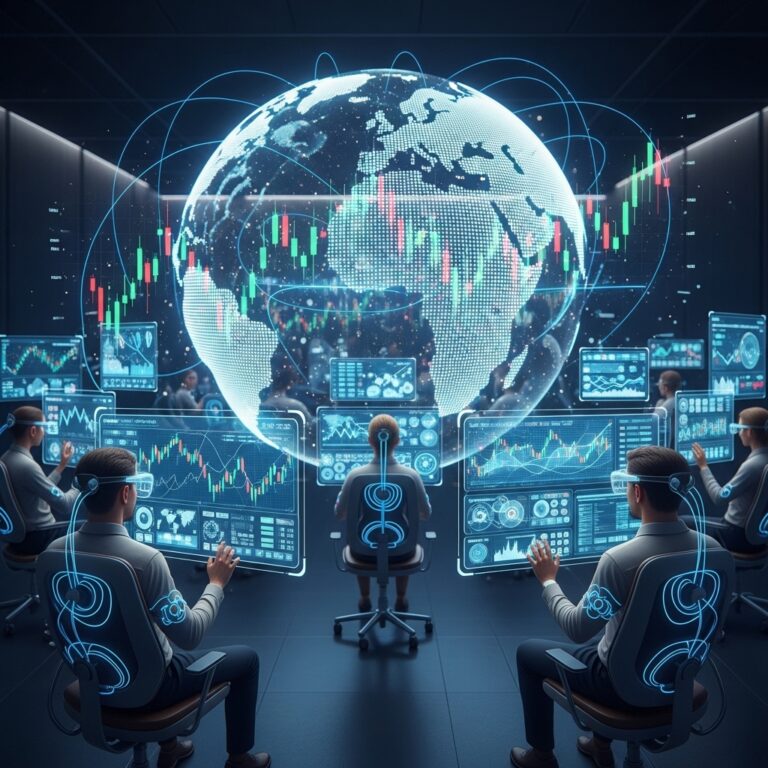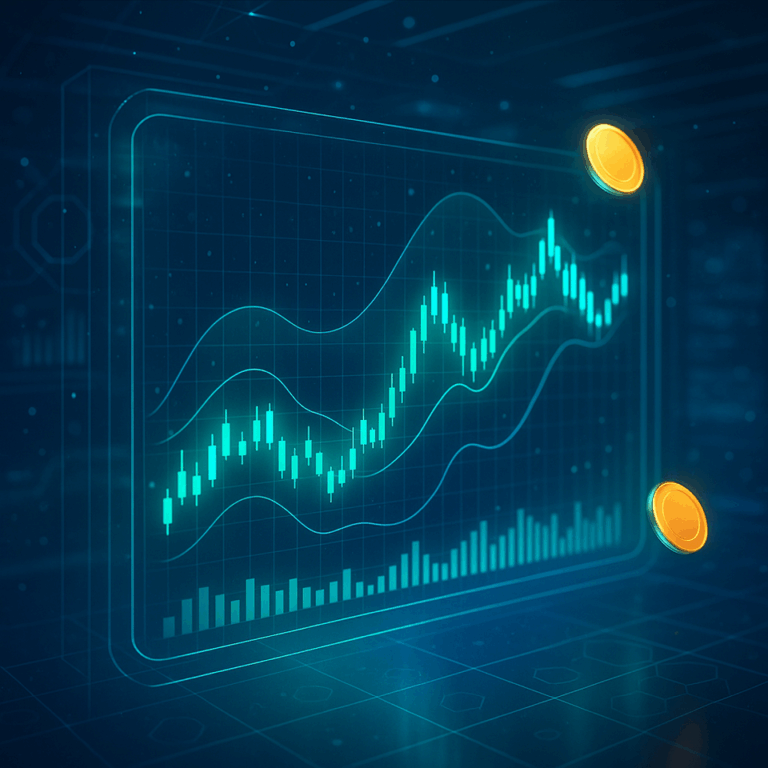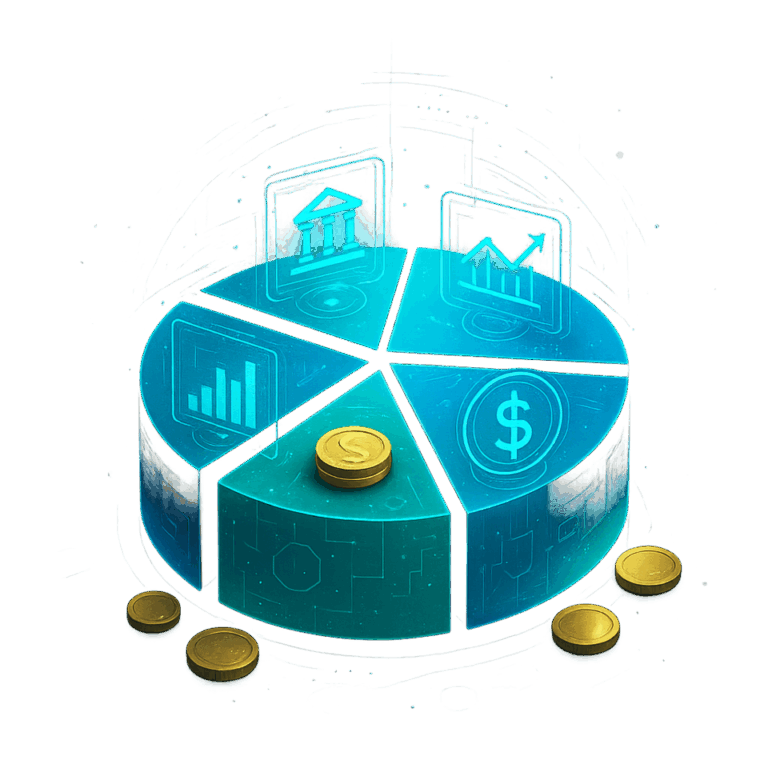The global economy in 2025 stands at a critical crossroads. After years of adapting to technological transformation, evolving labor markets, and geopolitical shifts, nations are seeking a delicate balance between growth and stability. Inflation control, sustainable development, and digital innovation have become the central pillars of economic policy worldwide.
Governments, businesses, and investors alike are adjusting to a new normal marked by fluctuating interest rates, expanding digital currencies, and an increasing focus on environmental responsibility. The trends shaping 2025 are not only redefining financial markets but also altering how individuals, corporations, and institutions manage capital and risk.
Key Economic Drivers for 2025
1. Inflation Stabilization and Monetary Policy
After several years of elevated inflation, 2025 brings signs of gradual stabilization. Central banks have adopted more data-driven, flexible approaches to interest rate management. The Federal Reserve, the European Central Bank, and emerging market institutions are prioritizing sustainable disinflation—aiming to curb prices without stifling growth.
Interest rates are expected to remain moderate but higher than the pre-2020 decade averages. This new equilibrium favors long-term savers while encouraging prudent borrowing and lending. Stable inflation expectations are restoring consumer confidence and strengthening the foundations of global trade.
2. Growth of Digital and Central Bank Currencies
Digitalization continues to reshape the global monetary system. In 2025, several countries have launched or expanded Central Bank Digital Currencies (CBDCs), providing secure and efficient alternatives to cash. These digital currencies coexist with stablecoins and private digital assets, integrating seamlessly into payment systems and cross-border settlements.
CBDCs are not only modernizing transactions but also enhancing transparency, reducing transfer costs, and supporting financial inclusion in emerging economies. Private-sector innovation remains active, with digital wallets, tokenized assets, and programmable money becoming mainstream tools in both retail and institutional finance.
3. Sustainable Finance and Green Transition
Sustainability has evolved from an ethical choice into an economic imperative. Financial institutions are channeling capital toward renewable energy, carbon reduction technologies, and circular economy initiatives. Green bonds, sustainability-linked loans, and ESG (Environmental, Social, and Governance) investments are now key instruments in global portfolios.
In 2025, governments are expanding tax incentives for green investments, while corporations face stricter environmental disclosure requirements. Sustainable finance is not only shaping market behavior but also influencing international trade agreements and regulatory frameworks.
4. The Role of Artificial Intelligence in Finance
Artificial intelligence (AI) is revolutionizing financial analysis, risk management, and customer service. Financial institutions use AI-driven models to predict market behavior, detect fraud, and automate trading operations. Meanwhile, consumers benefit from AI-powered personal finance tools that provide insights, budgeting assistance, and tailored investment strategies.
AI has become a critical enabler of efficiency and accessibility in the financial sector. However, regulators are establishing ethical and transparency standards to ensure that algorithmic systems remain fair, accountable, and free from bias.
5. Geopolitical Dynamics and Trade Realignment
The global economy continues to adjust to shifting geopolitical alliances and regional trade strategies. Economic blocs in Asia, Europe, and the Americas are redefining supply chains and strengthening local production capabilities.
In 2025, international trade remains resilient despite occasional tensions. Emerging markets are gaining influence through resource innovation, manufacturing expansion, and technological adoption. Regional diversification is reducing dependence on traditional trade routes, promoting greater global balance and competition.
The Financial Markets Outlook
Global financial markets in 2025 are characterized by cautious optimism. Equities show steady performance, driven by corporate earnings growth in technology, healthcare, and renewable energy sectors. Fixed-income instruments are regaining appeal as interest rates stabilize, offering more predictable returns to conservative investors.
Commodities, including gold and oil, continue to serve as hedges against inflation and market volatility. Meanwhile, digital assets—though regulated more tightly—remain a dynamic part of diversified portfolios, particularly for institutional investors seeking exposure to innovation.
Volatility persists in certain regions due to political transitions and currency adjustments, but overall, markets are entering a phase of consolidation rather than speculation. Investors are focusing on fundamentals, long-term growth potential, and risk-adjusted returns.
The Future of Employment and Consumer Behavior
The global workforce is undergoing profound transformation. Hybrid work models and automation have redefined productivity and economic participation. In 2025, many industries rely on AI, robotics, and digital tools to enhance efficiency, while employees increasingly value flexibility and lifelong learning.
Consumer behavior is also evolving. People prioritize financial resilience, digital convenience, and sustainable consumption. E-commerce, digital payments, and subscription-based services dominate spending patterns. This shift has spurred businesses to innovate continuously to meet expectations for speed, personalization, and environmental responsibility.
Emerging Risks and Uncertainties
Despite a broadly positive outlook, 2025 is not without risks. Key concerns include:
-
Debt Sustainability: High public and corporate debt levels in some economies pose potential vulnerabilities if growth slows.
-
Energy Supply and Transition Risks: The ongoing shift to renewable energy must balance environmental goals with affordability and infrastructure capacity.
-
Cybersecurity Threats: As finance becomes more digital, data breaches and system vulnerabilities present growing challenges for institutions and regulators.
-
Climate and Natural Disruptions: Extreme weather events continue to impact production, insurance costs, and supply chain stability.
Policymakers and financial institutions are emphasizing resilience planning, data protection, and international cooperation to mitigate these risks.
Long-Term Outlook: The Path Ahead
Looking beyond 2025, global finance is poised for gradual transformation rather than disruption. The integration of technology, sustainability, and monetary coordination will continue shaping economic policy and investment strategies.
Emerging economies will play a larger role in driving global growth, particularly in sectors such as clean energy, digital infrastructure, and advanced manufacturing. Meanwhile, innovation in finance—such as tokenized assets, decentralized finance (DeFi), and data-driven lending—will expand access to capital and create new opportunities for inclusion.
The combination of digital integration, stable inflation, and sustainability-driven development suggests a cautiously optimistic trajectory for the global economy.
Conclusions
The year 2025 marks a pivotal moment for global finance—defined by stability, innovation, and transformation. While inflation control and regulatory adaptation remain challenges, economic systems are evolving toward greater efficiency, inclusion, and sustainability.
Digital currencies, AI integration, and green finance are reshaping how economies grow and interact. Investors, businesses, and policymakers must remain adaptive, informed, and responsible to navigate this changing landscape successfully.
In an era where technology and sustainability intersect, financial progress will depend not only on growth metrics but also on resilience, ethics, and global collaboration. The foundations laid in 2025 are setting the stage for a more balanced and interconnected economic future.



